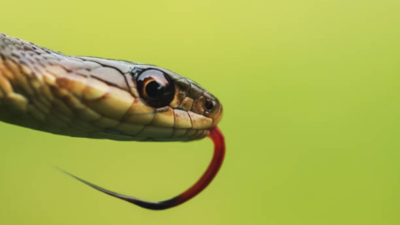Snakes found in the US: The most common species and how to stay safe |
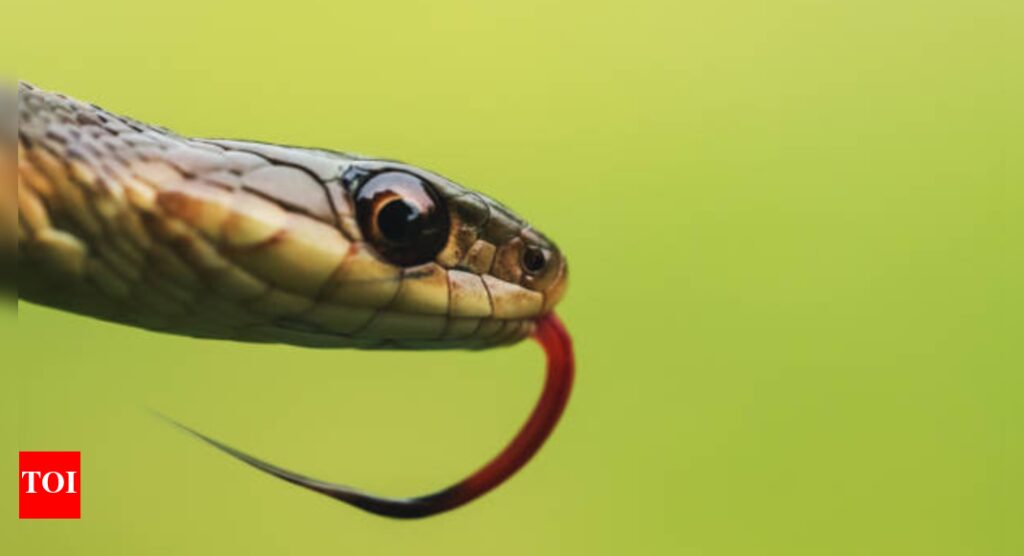
Monsoons are on the way and with the rainy season, where the environment gets drenched with lush greenery and rain droplets, it lets us spot in the odds of encounters at our home gardens, dry shelters and near the bushy areas. With monsoons, there are quite high chances of frogs, rodents coming out on the roads. Particularly with heavy rains snakes flush out of their burrows and hiding places, particularly in South Asia. However, the United States is not out of the list. Even though America is not famous for fearsome snake species, poisonous reptiles are spread throughout North, Central and South America.If you have spent time outdoors in the United States, whether hiking, gardening, or just enjoying nature, you might have likely crossed paths with one of the country’s many snake species. While encountering a snake can be surprising or even a little scary, most snakes you meet are harmless. The US is home to a rich variety of snakes, with Texas and Florida boasting some of the highest snake diversity. Here are some of the most frequently encountered snake species, both venomous and non-venomous-
Garter snakes
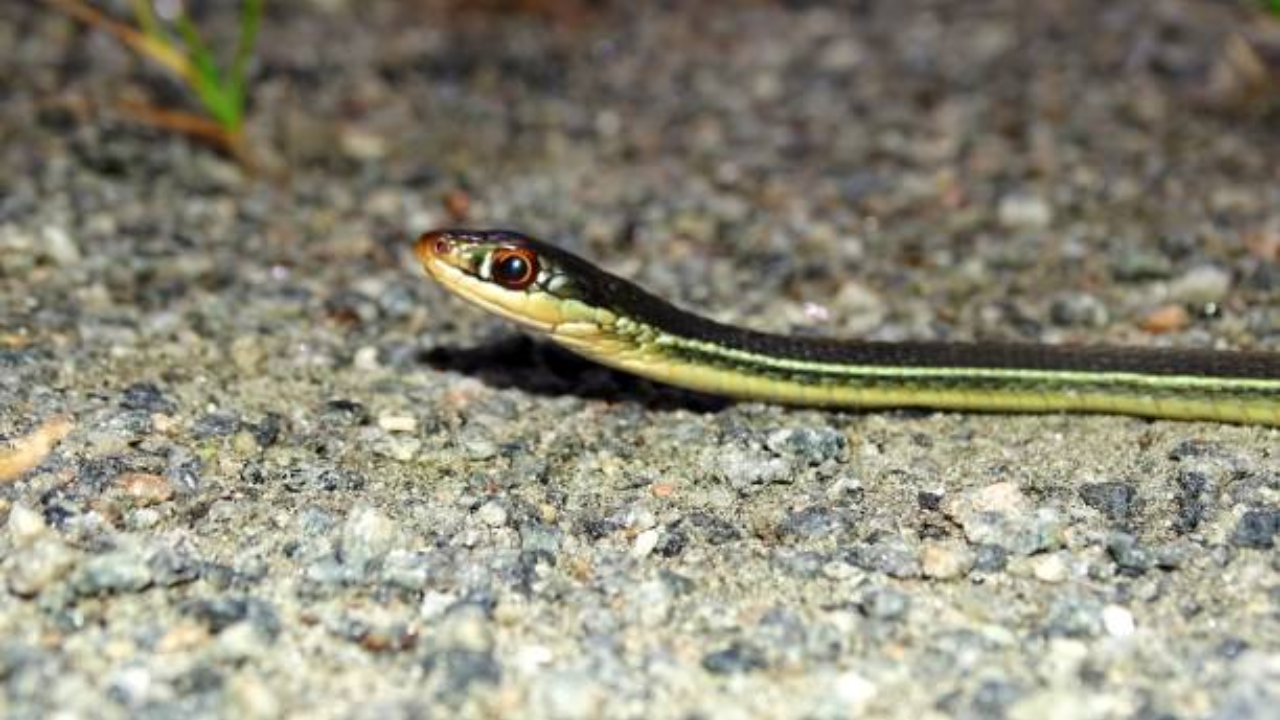
One of the most familiar snakes in North America, garter snakes are small, slender, and often sport vivid stripes running down their bodies. Belonging to the Thamnophis genus in the family Colubridae, these snakes are native to North and Central America, ranging from central Canada in the north to Costa Rica in the South. They thrive in moist environments like gardens and wetlands. Though generally harmless, they can produce mild venom that affects small prey but poses little risk to humans. Garter snakes are often welcomed as natural pest controllers as they eat lizards, frogs and rodents.
Rattlesnakes
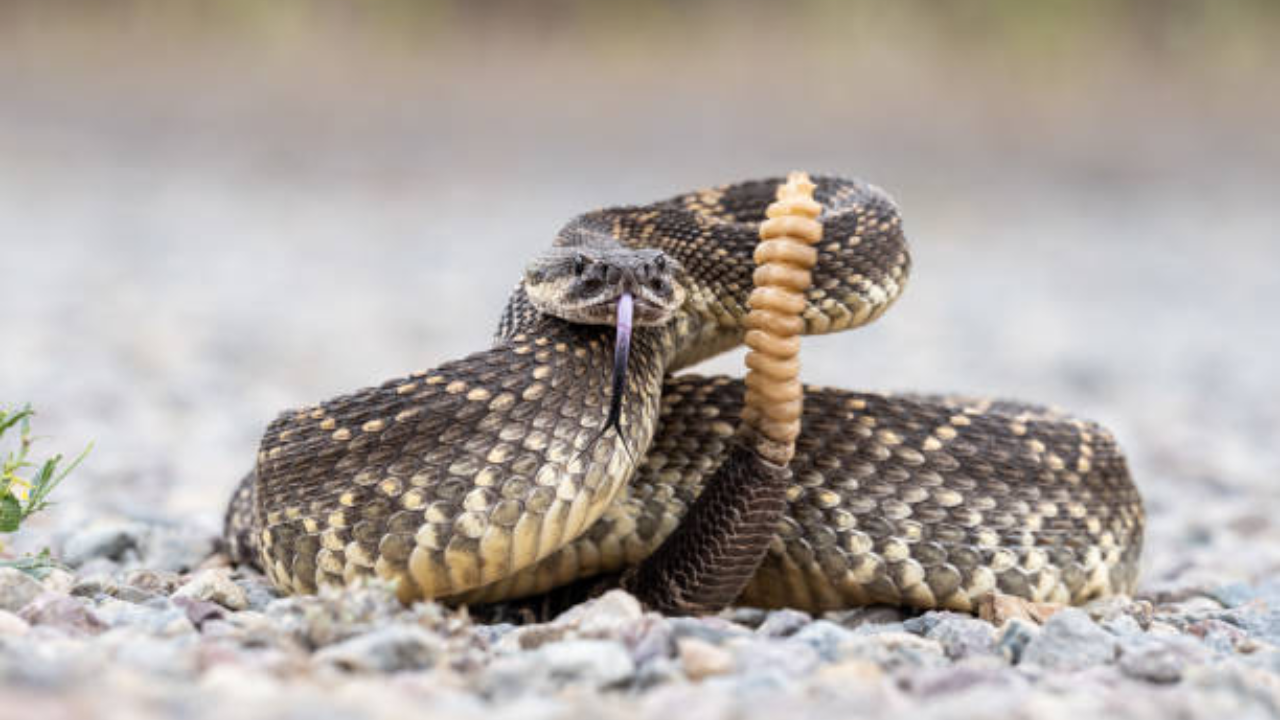
Perhaps the most iconic venomous snakes in the US that form the genera Crotalus and Sistrurus of the subfamily Crotalinae, rattlesnakes are easily identified by the rattle at the end of their tails, which makes a loud rattling noise when vibrated that deters predators. They prefer dry, arid environments like deserts and rocky hillsides in the western and southern states. Their warning rattle is a distinctive “stay away” signal, and bites, while serious, can be treated effectively if medical care is sought promptly. Rattlesnakes are preyed upon by hawks, weasels, kingsnakes, and a variety of other species.
Copperheads
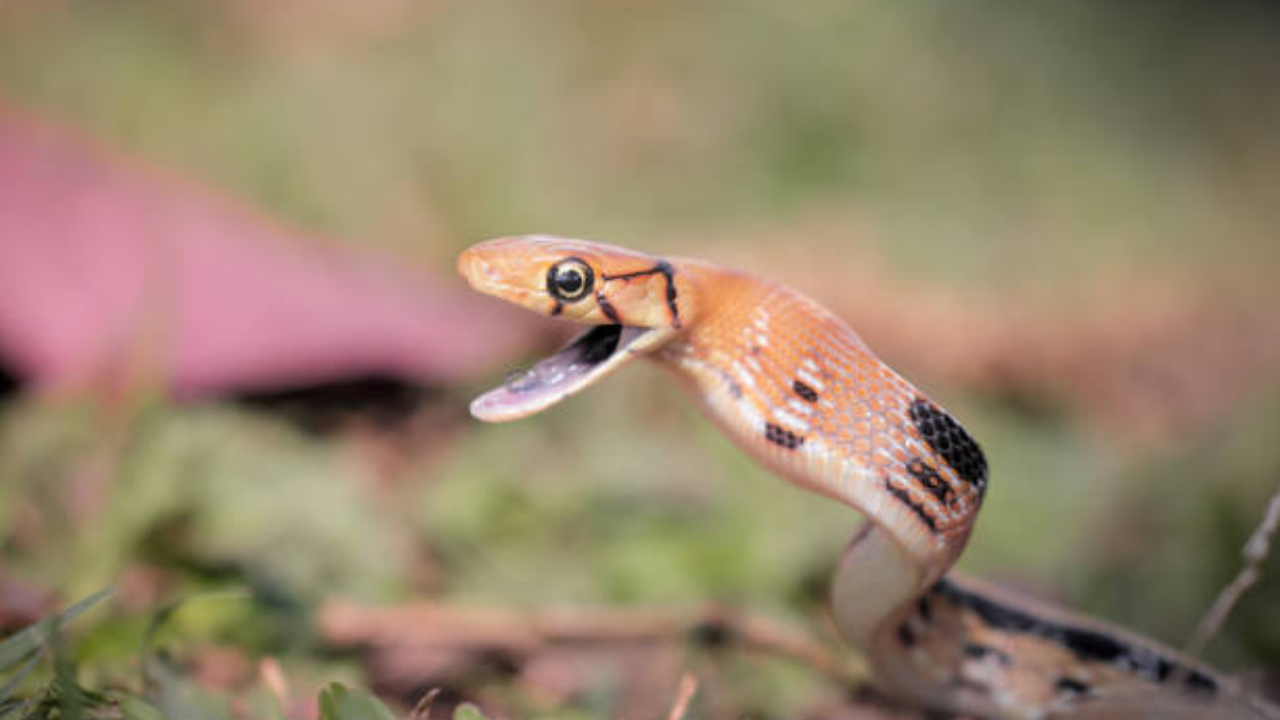
Found predominantly in the eastern and central parts of the US, copperheads display a distinctive coppery color with hourglass-shaped crossbands. Belonging to the member of the subfamily Crotalinae in the family Viperidae, these venomous snakes tend to be less aggressive and often freeze when approached, reducing the risk of bite. Unlike other viperids, it often “freezes” instead of slithering away and fleeing, due to its habit of relying on excellent camouflage.
Kingsnakes
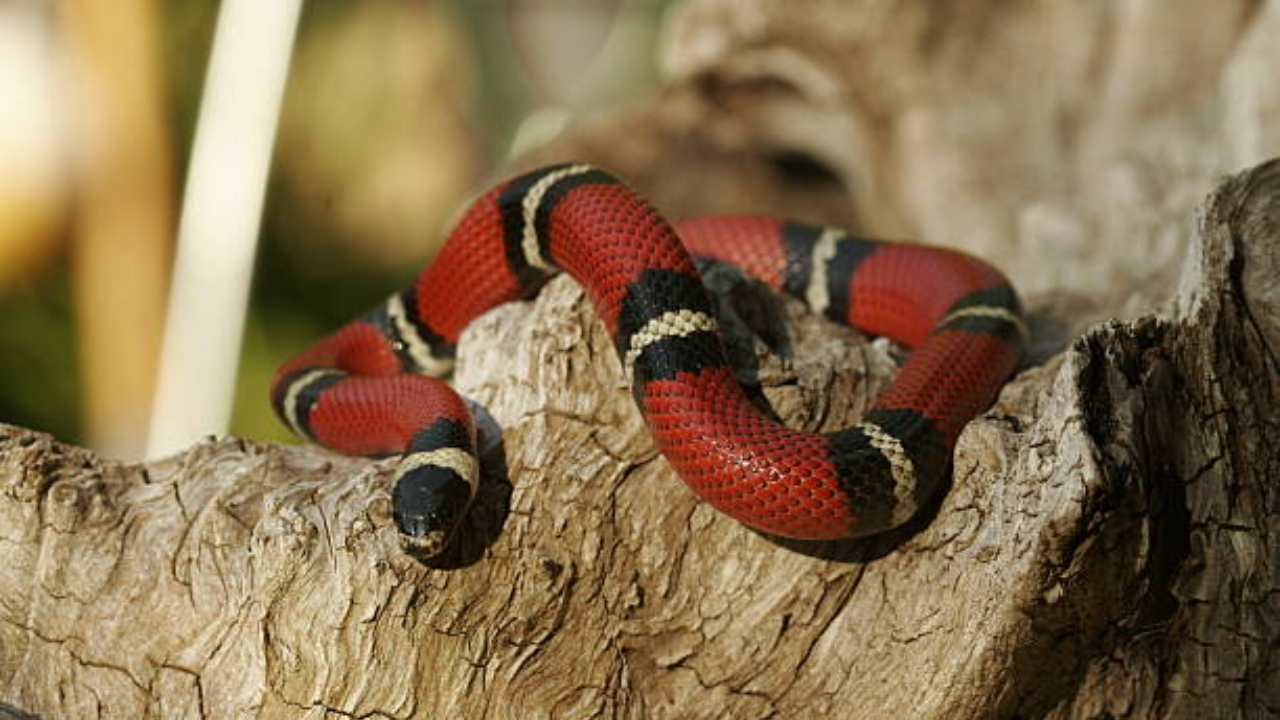
Recognized by their glossy scales and striking patterns, kingsnakes are fascinating because they are nonvenomous and ophiophagous (feed on snakes) in diet. These snakes are colubrid New World members of the genus Lampropeltis, with a lot of subspecies of kingsnakes including milk snakes, California kingsnake, Mexican black kingsnake, etc. They range widely across the country, appearing in a variety of habitats. Most commonly recognized by yellow, red and black bands and relatively docile, kingsnakes showcase the diversity of US snake species.
Coral Snakes
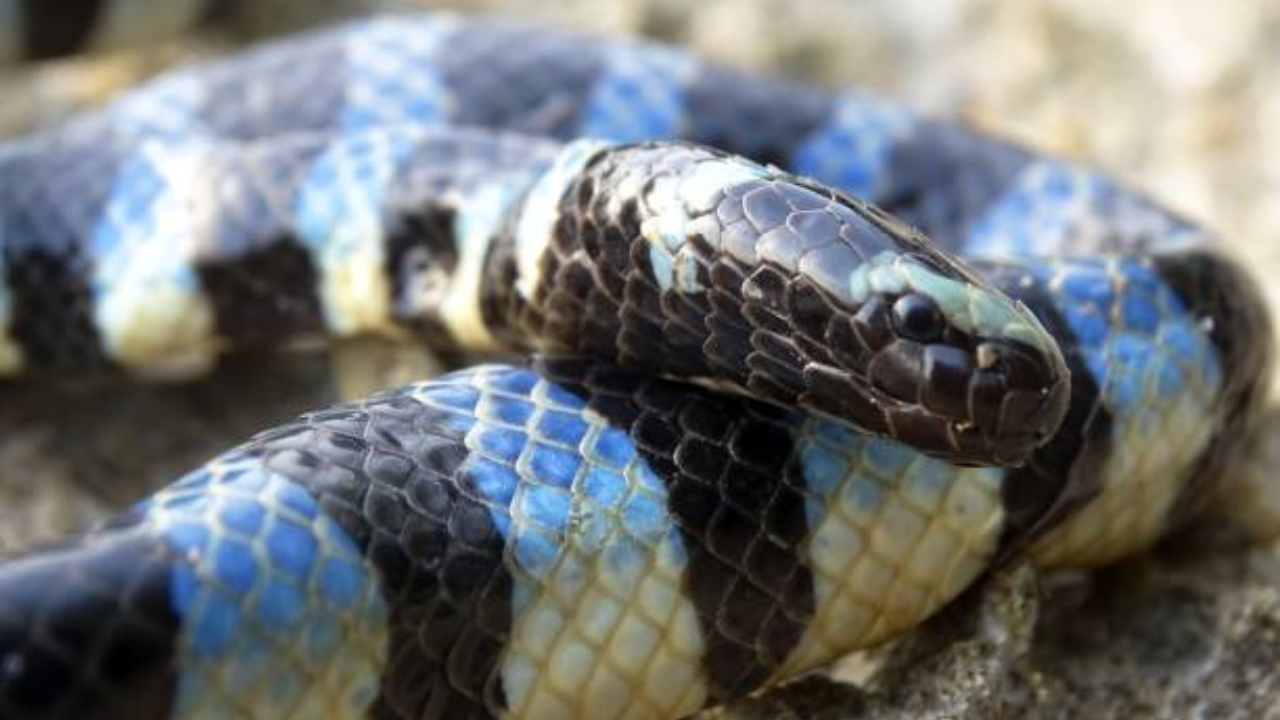
Belonging to the large group of elapid snakes that can further subdivided into two distinct groups, the Old-World coral snakes and the New World coral snakes, these snakes have vibrant bands of red, yellow, and black, making them easily distinguishable. Benefiting from the mnemonic “red touch yellow, kill a fellow; red touch black, venom lack,” they are highly venomous but reclusive, making bites rare. These coral snakes inhabit waters of temperate and warm climate of the southeastern US. Coral snakes are very slender, and usually around 50 centimeters long.
Black moccasin or Cottonmouth
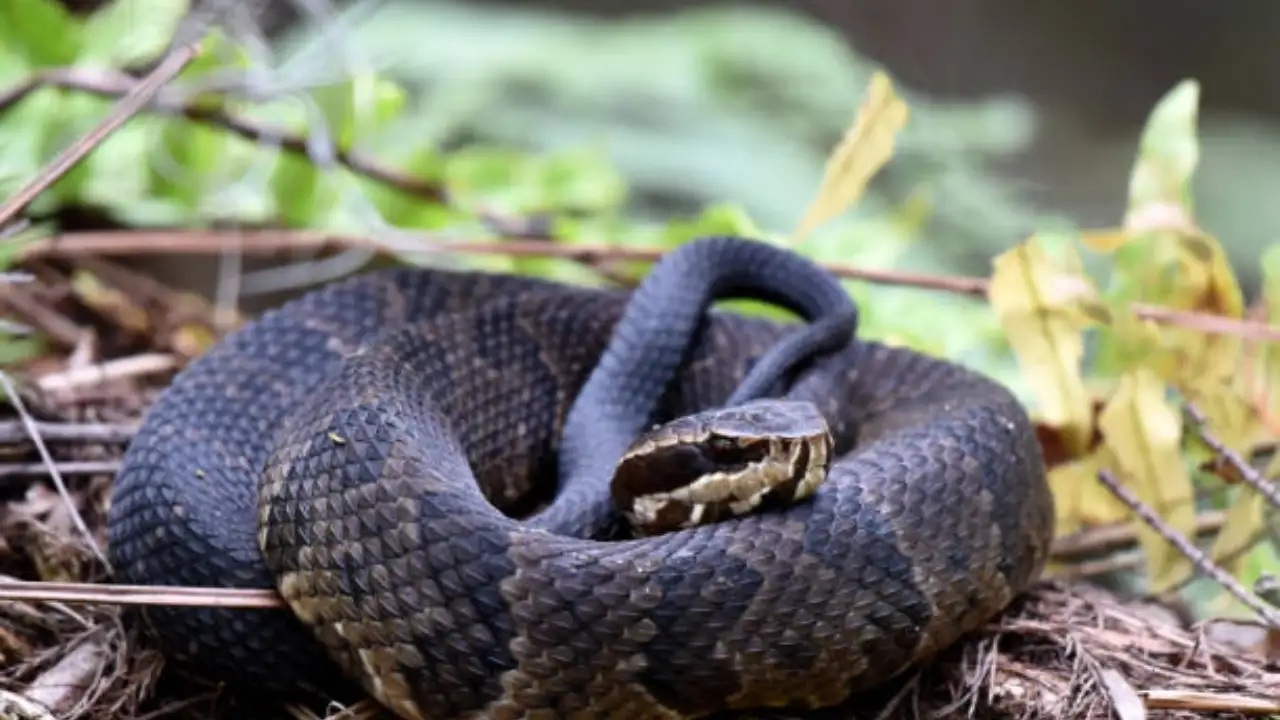
Primarily living in the southeastern swamps and wetlands, cottonmouths are semi-aquatic and known for their dark, muscular build. This snake inhabits the southeastern part of the Northern American continent. They flash the white lining of their mouths as a warning if threatened. Their venomous bite warrants caution. Widely known as cotton mouth (scientific name- Agkistrodon piscivorus) is a species of venomous snake, a pit viper in the subfamily Crotalinae of the family Viperidae.These snakes are some of the common snakes found in the United States. While snakes play a crucial role in maintaining ecological balance by controlling rodent populations, human encounters can lead to fear or danger—especially with venomous species. Here are some practical safety tips which one must know, to stay safe from snakes:
- Knowing the common snakes in your area is the first step. So, if you stay in an area which is prone to snakes and is a common habitat for them, try researching about the characteristics of the snake, to make yourself aware and informed.
- Give space to snakes, if you encounter them. Stay calm and don’t try to run or hit the snake, because it may counterattack. Back away slowly, most snakes won’t chase or attack unless threatened.
- When hiking or walking through tall grass or rocky areas, wear boots and long pants to reduce the risk of bites.
- Keep your yard tidy, to avoid providing shelters to snakes. Usually, snakes are attracted to places that are bushy or places with burrows. So, avoid letting your yard turn that, regularly mow your lawn, clear debris, and seal gaps in your home’s foundation.
- Avoid handling snakes, even non-venomous snakes can bite if provoked. Leave snake removal to professionals.
- If bitten by a snake, you must know a first aid step- call emergency services immediately. Keep the affected limb immobilized and lower than the heart, and avoid home remedies or tourniquets.
